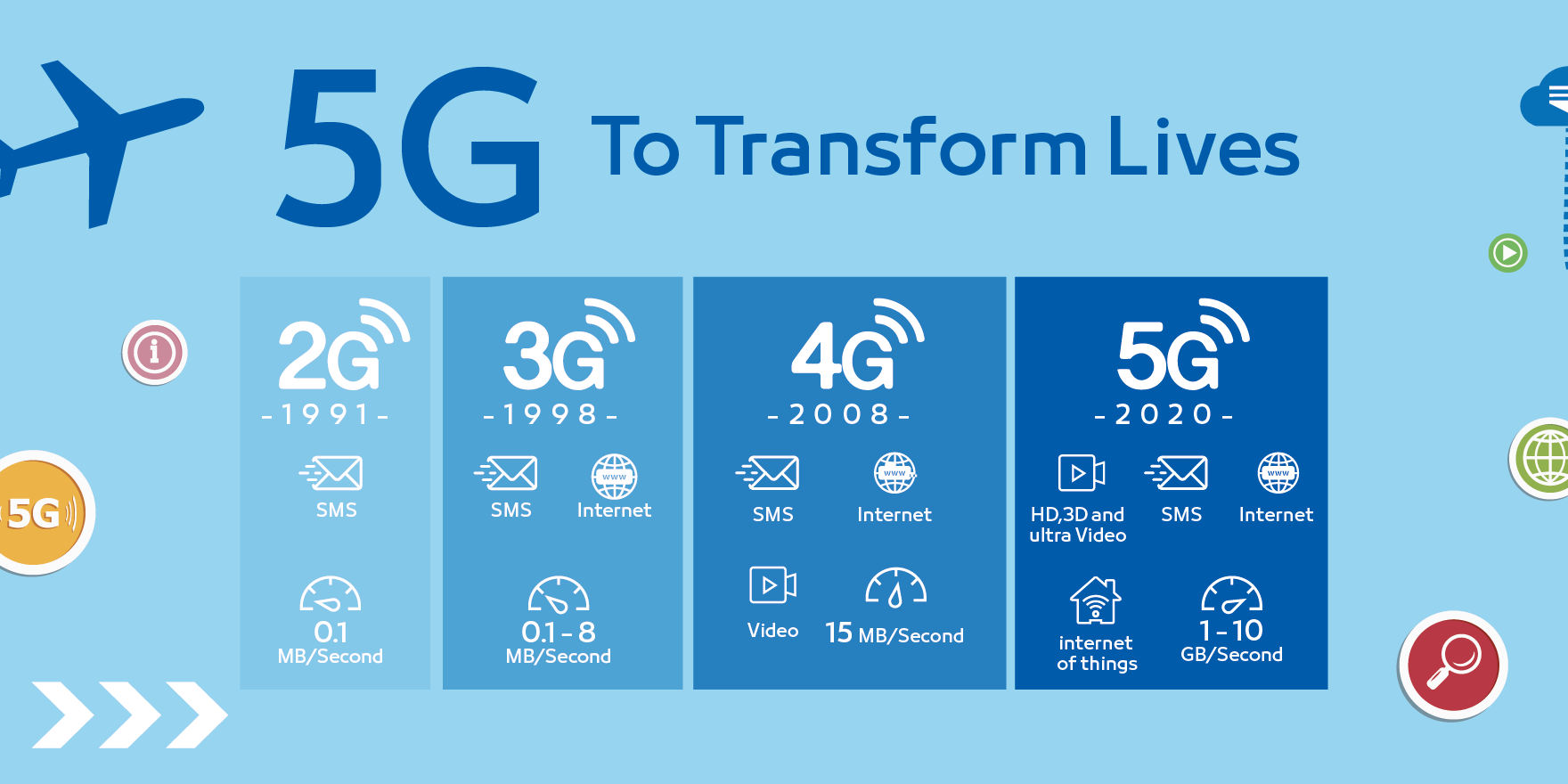3G,4G, & 5G Internet: What Is The Difference?
When we refer to 3G, 4G, and 5G, we are referring to the speed of a mobile internet connection. These speeds refer to not only the network speed but also the time to connect with the page or information you request from your device. Keep reading to find out more about the differences in these mobile connection speeds.
The Connection Difference Between 3G, 4G, and 5G
As mentioned these terms refer to the network connection speeds. As you probably guessed 4G is faster than 3G, and 5G is the fastest available, but is not currently offered to the general public. The speed of connecting to the site or data you are searching for is also a factor when outlining speed difference. The term used for defining this process is called latency.

The most recent developments in connection technology associated with 5G speeds may virtually eliminate latency if improvements continue to be made in connection speeds according to whistleout.com. Although 5G speeds are not in mainstream use currently, it is no doubt, on the horizon. In addition, the 4G speeds used by most people today, are still being upgraded and improved, which also improves the expectations for 5G service in the future.
What Is 3G Speed?
3G network speeds were a big leap in mobile technology. When the service was first offered, it amazed users with its fast connection speeds and reduced latency. The older 2G top speed was .3 Mbps (Megabits per second) with an average speed of .1 Mbps. 3G bumped up those speeds to an average of 8 Mbps and a maximum speed of 42 Mbps. This speed improvement allowed mobile users to watch videos with less buffering and lag and also play video games that required faster connection speeds. It was a huge advancement in mobile technology that changed the whole mobile service industry.
4G and 5G Speeds
Today’s 4G speeds easily connect users with internet content, video games, and gaming sites faster and reduce interference in connections. 4G has an average speed of 50 Mbps and a top speed of 1 GBPs (Gigabits per second). Because 5G is not currently used for mainstream carrier service, an average speed hasn’t yet been determined, but it has a top speed of 10 Gbps, which is a giant leap for mobile technology. While we may not see our national carriers offering 5G service in the next few months, it will likely make its great debut in the not too distant future and expectations are high.
While 5G connection speeds are expected to wow mobile technology users, we are currently going to have to settle for 4G speeds, which are being improved upon. Eventually we can expect to reduce latency and connection speeds in general as mobile technology advances with leaps and bounds.






